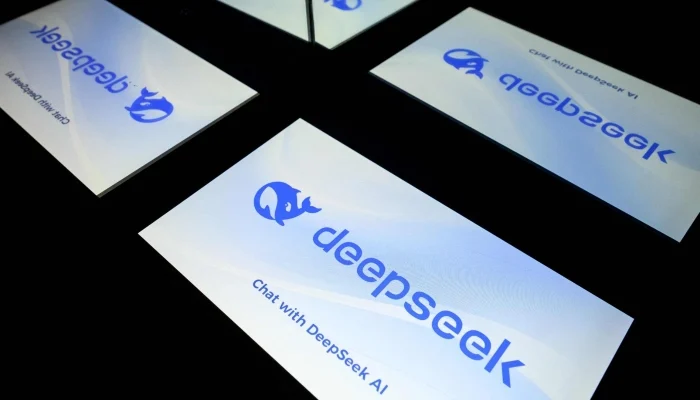The rise of DeepSeek’s AI models is giving Chinese chipmakers like Huawei a stronger position in the domestic market, enabling them to compete better against powerful US processors.
For years, Huawei and other Chinese firms have struggled to match Nvidia’s high-end AI chips, which dominate AI training, where massive amounts of data are processed to refine algorithms.
However, DeepSeek’s models focus more on “inference”—the stage where AI generates conclusions—by optimizing computational efficiency rather than relying purely on raw processing power.
This is why analysts believe that DeepSeek’s models could help close the gap between Chinese AI processors and their more powerful US counterparts.
Chinese AI chipmakers like Huawei, Hygon, Tencent-backed EnFlame, Tsingmicro, and Moore Threads have recently announced their support for DeepSeek models, although details remain scarce.
Experts predict that DeepSeek’s open-source nature and low costs will accelerate AI adoption in China and help local firms develop real-world applications, mitigating the impact of US export restrictions on advanced chips.
Even before DeepSeek gained attention, Huawei’s Ascend 910B was already seen as a better alternative for inference tasks, which involve running trained AI models for tasks like chatbots and automation.
Many Chinese companies, from automakers to telecom providers, have now announced plans to integrate DeepSeek models into their products and services.
Nvidia Still Dominates
Despite the potential of Chinese AI chips for inference, their competitiveness remains limited to the Chinese market, as Nvidia’s chips are still superior even for inference workloads, said Bernstein analyst Lin Qingyuan.
Although US export restrictions ban Nvidia’s most advanced AI training chips from being sold to China, the company can still sell less powerful training chips that Chinese firms can use for inference.
Moreover, Nvidia’s CUDA computing platform has become a key factor in its market dominance, allowing developers to use Nvidia GPUs for a wide range of applications beyond AI and graphics.
While some Chinese chipmakers claim their products are compatible with CUDA, Huawei has taken a more aggressive approach by promoting its own Compute Architecture for Neural Networks (CANN) as an alternative.
However, experts say that getting developers to abandon CUDA remains a significant challenge.
Omdia’s Lian Jye Su commented:
“The software performance of Chinese AI chip firms is still lacking at this stage. CUDA has a rich library and diverse software capabilities, which require substantial long-term investment.”



